There has never been a greater need to shift towards renewable energy sources, with 48V solar set to play a significant role in the future of sustainable power generation. Through this article we will delve further into 48 Volt solar systems – what they consist of, the benefits of them, how to install them in your home or office, how you can maintain them, what the future holds for solar technology and more. Our intention here is to explain the key facts about 48V solar in understandable language so that you can better comprehend why and how these systems are ushering in a cleaner tomorrow.
Table of Contents:
– What makes a 48 Volt solar system unique?
– Key components of a 48 Volt solar system
– The installation process: What to expect
– Maintenance and troubleshooting tips
– The future of solar technology: A 48 Volt perspective
What makes a 48 Volt solar system unique?
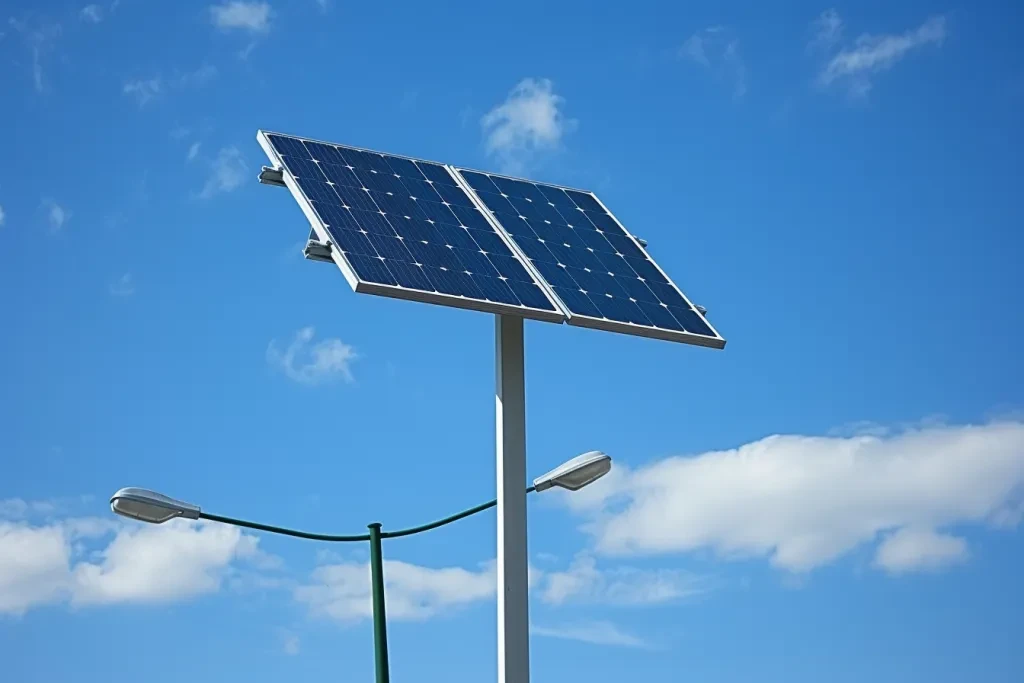
A 48 Volt solar system is often the most cost-effective solution because it gives good efficiency with the least expensive components. It also uses fewer currents than a 12V or 24V system, meaning less energy is lost in the cables and components. This means that the solar system will work more efficiently with less energy loss and in turn last longer due to less wear and tear on the components.
Key components of a 48 Volt solar system
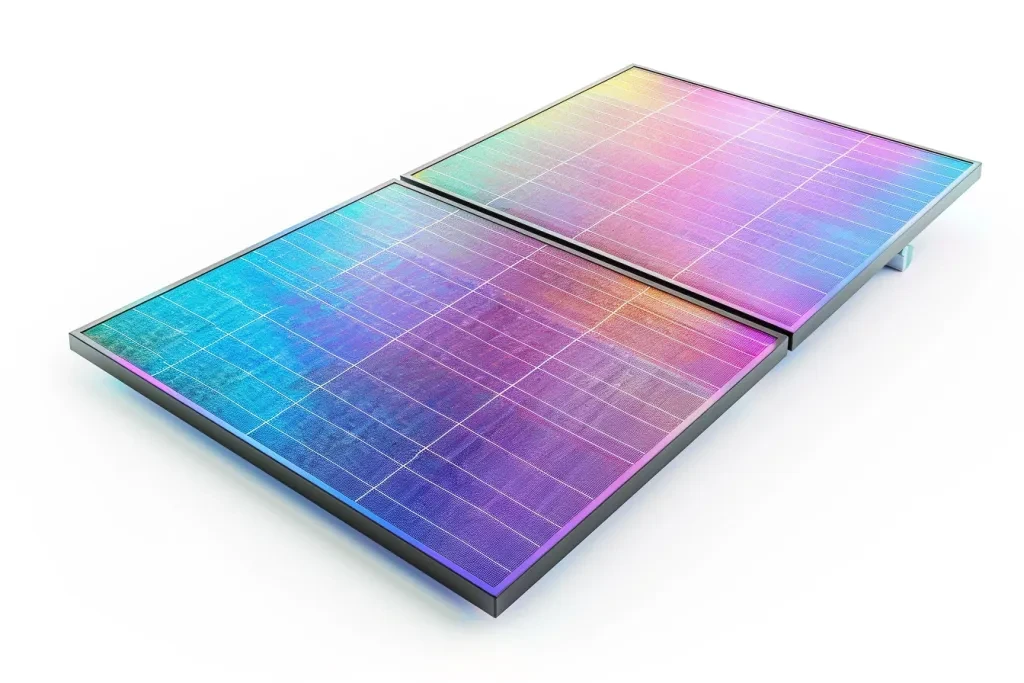
Solar system – core: Components of a 48 Volt system; starting from the top left in a clockwise direction. 1. Solar panel 2. Inverter 3. Charge controller 4. Battery bank The charge controller is the component that actually sends power into the battery bank. Solar panels produce direct current, which the inverter changes into AC power that we use in our homes, so if you wanted to exclude the inverter from your system, make sure it’s replaced by an appropriate component. Here is a detailed description of each solar component with a visual to provide an intuitive understanding of how they interact and how they work.
The installation process: What to expect
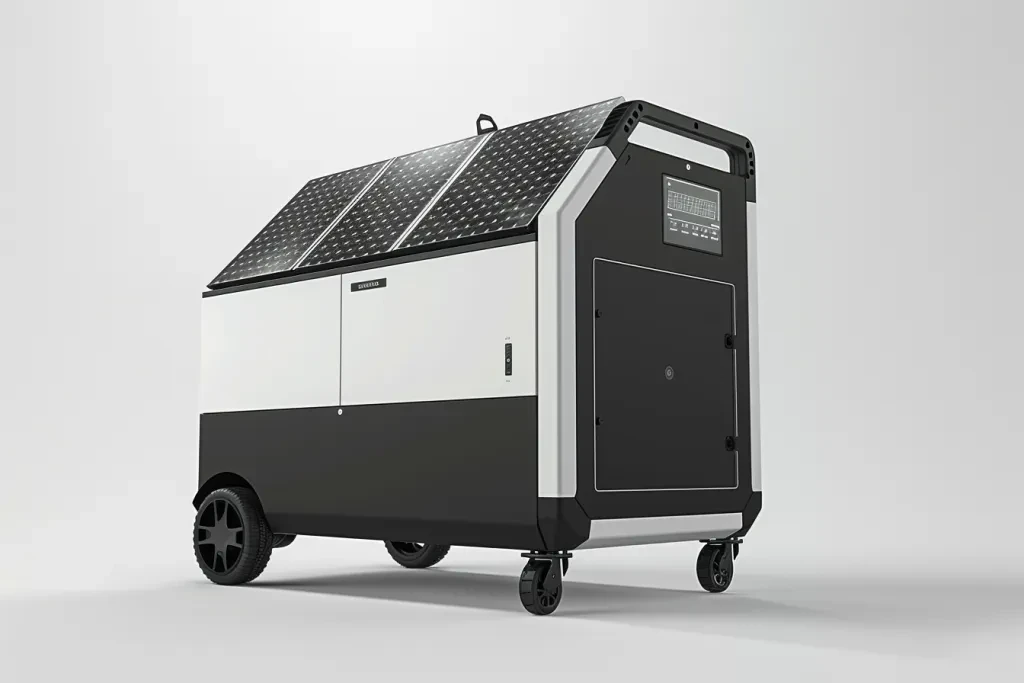
Successful installation of the 48 Volt solar system relies on a number of site and solar variables; the size and location of your designated system; the specifics of your energy usage and the ways in which it will be consumed; the options available in your local region to utilise the energy produced; and your budget. It’s important to note that professional installation is highly recommended to ensure optimal system performance and adherence to local codes and regulations. This section will guide you from the site assessment all the way to system commissioning, to give you a better idea of what to expect during the installation process.
Maintenance and troubleshooting tips
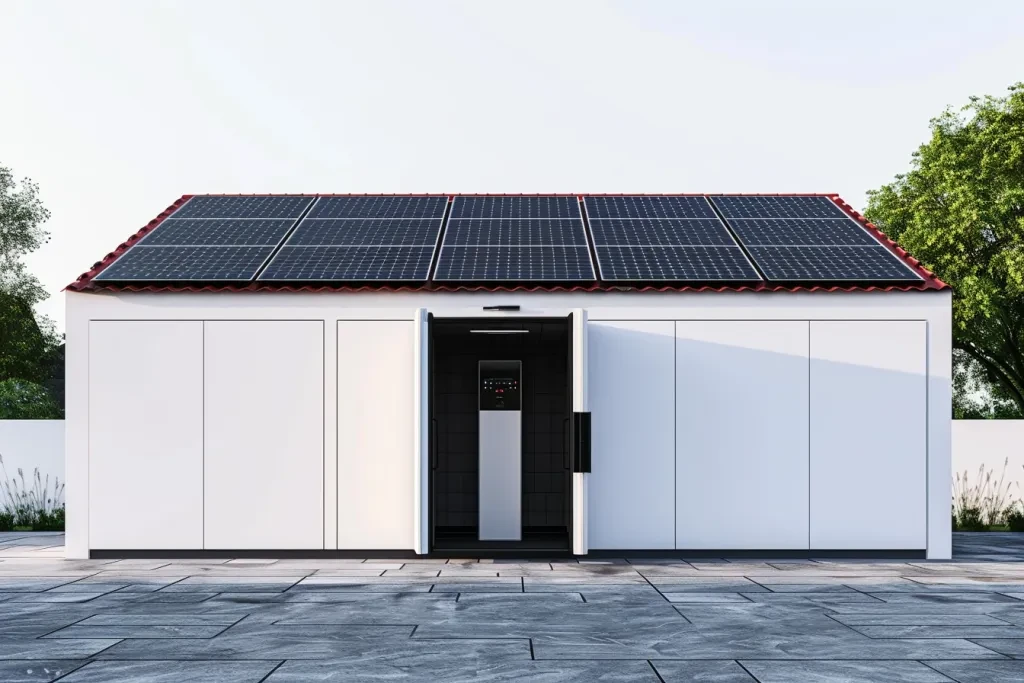
This includes keeping the 48 Volt solar system clean, checking connections, monitoring system performance and, finally, learning about common troubleshooting scenarios, which will assist the user in quickly finding solutions should the system start to experience issues.
The future of solar technology: A 48 Volt perspective
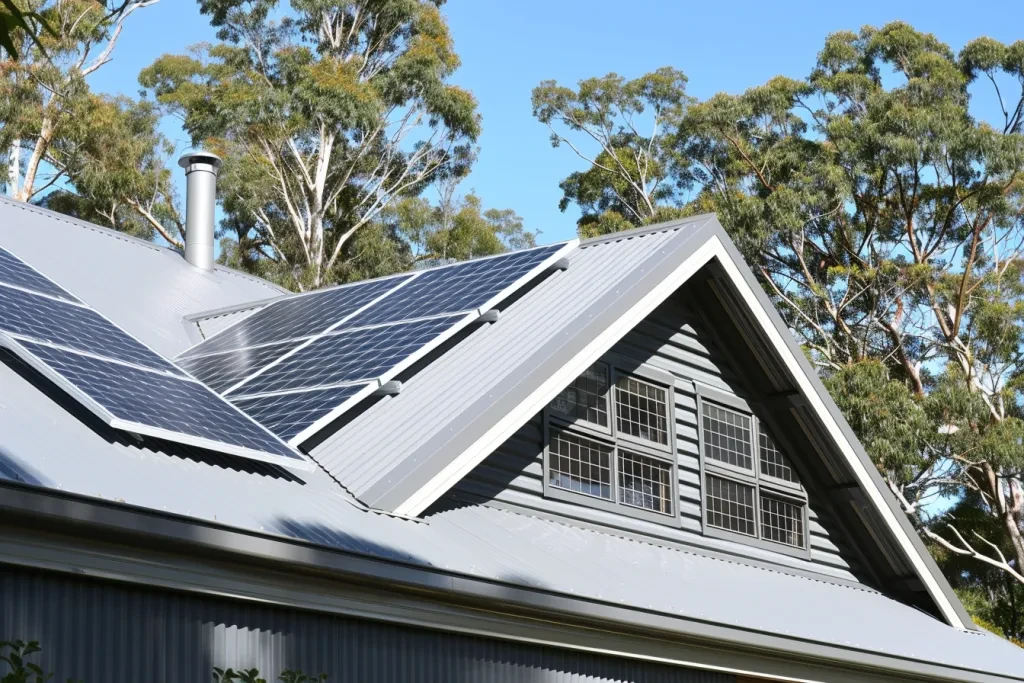
Looking forward, it seems clear that technological improvements in 48 Volt solar technology holds enormous potential, especially in the field of battery storage, panel efficiency and smart grid integration. By keeping track of current news about solar power, users can make sure they’re taking full advantage of all the 48 Volt solar developments available.
Conclusion:
The 48 Volt solar system has proved to be an excellent Renewable Energy option for a huge number of users. It has a unique mix of cost effectiveness and efficiency. The whole system or its components have been developed to withstand a harsh environment and serve better for our home or business. Understanding its components, installation and maintenance requiremants saves time and maximizes the energy you could get from that system. As technology keeps developing and evolving, solar technology is not an exception. It continues to get more and more efficient, cheaper and available. The future of Renewable Energy is bright indeed.



